The new Museum of the City and Territory, which will be named Classis Ravenna, opens in Ravenna on December 1, 2018: the new institute will be located in the former Zuccherificio di Classe and will be the cultural point of reference for anyone who wants to know fully the history of Ravenna, from the earliest settlements to the Etruscan civilization, then to the city’s important role in Roman times then to Ravenna Capital of the Byzantine Exarchate.
The museum is located in an area that was once a symbol of social decay, and today has instead become the calling card of Ravenna and its illustrious ancient history: it is the area of the former sugar refinery, near the Basilica of Sant’Apollinare, where, in the early decades of the last century, six hundred workers processed tons of beets into mountains of sugar that, by ship and rail, reached Italy and Europe. Then came the decline, and in 1982 the closure. And, with the abandonment of production, the buildings were also abandoned and fell into disrepair. The idea of turning one of the city’s most pressing problems into a fundamental resource for Ravenna’s future dates back to the 1990s. Thus, with a 22 million euro investment supported by the Municipality of Ravenna with Mibact, the Emilia-Romagna Region and the European Union have, and with the decisive contribution of the Fondazione Cassa di Risparmio di Ravenna, the complex could be recovered and transformed into a museum according to the project entrusted to architect Andrea Mandara who worked at the service of a prestigious scientific committee coordinated by Andrea Carandini.
The itinerary of Classis Ravenna will be marked on a chronological basis and will have in the more than six hundred artifacts the pivot of the narrative, to cover the historical period from pre-Roman times to the year one thousand. Sometimes it will be single elements of particular value and importance that will play the role of protagonists; at other times it will be large groups of objects, as in the case of the port of Classe, which can be illustrated extensively thanks to the hundreds of finds unearthed in recent excavations. Objects of everyday life (amphorae, ceramics, coins) will find an appropriate space, alongside the more artistically significant materials (statues, mosaics and more). In this way it will be possible to articulate a narrative that considers all spheres of the community and the different social strata present in the city and the territory. A number of “in-depth areas” on specific themes are grafted onto the timeline: special attention is paid to the didactic and illustrative apparatus, with ample use of graphic and three-dimensional reconstructions, films, models and other tools. Finally, Classis Ravenna - Museum of the City and Territory, together with the Ancient Port of Classe (opened in 2015) and the Basilica of Sant’Apollinare in Classe, will form the Classe Archaeological Park, which will be completed, in the future, with the musealization of the Basilica of San Severo.
“Classis Ravenna will be the necessary starting point for any visit. Not only to the adjoining archaeological area of the ancient Port of Classe, but to the entire city,” announces Giuseppe Sassatelli, president of the Ravenna Antica Foundation, to which the City Council has entrusted the creation and management of the new museum, along with those of the Ancient Port, the Basilica of Sant’Apollinare and, in the heart of Ravenna, the Domus dei Tappeti di Pietra, the TAMO Museum and the Rasponi Crypt. “Through archaeological materials whose intrinsic value is enhanced by being proposed in a unified perspective, as well as supported by the most modern technological aids,” Sassatelli continues, “here it will be possible to relive all the main junctures in the history of the territory, from prehistory to Roman antiquity, from the Gothic and Byzantine phases to the early Middle Ages.”
In addition, from Classis Ravenna, stresses Mayor Michele De Pascale, “one can easily reach other Ravenna jewels. First of all, the adjoining Basilica of Sant’Apollinare, but also the Ancient Port, the excavations of San Severo and the entire environmental area south of Classe, from the pine forest to Ortazzo and Ortazzino undergoing a redevelopment project, just as is happening with the railway station that has grown to serve the former Zuccherificio.”
“Classis Ravenna,” stresses culture councillor Elsa Signorino, “will not just be a container of materials, but will also be an active research and training center of the highest profile. Here ample laboratories for study and restoration will allow teachers and students of the University to carry out their activities as part of their training and research paths. The new museum will enable the knowledge and appreciation of the entire historical archaeological heritage of the area through an innovative, fascinating and rigorous exhibition itinerary capable of engaging and exciting visitors. Like all contemporary museums, it will develop a multiplicity of functions: exhibition, study and research activities, educational laboratories, and digital inclusion laboratories for the experimentation of innovative start-ups. All with a strong vocation to the territory.”
“The new constitution of Classis Ravenna,” stresses architect MAndara, “leads to reflection on this central aspect of the educational role of heritage for the civic community of reference and for all users: outdoor life enters inside the old factory, transforming it into a pole of aggregation and knowledge, into a living museum. The location in the recovered old sugar mill is emblematic, for its relationship with the productive and social events of the place and for being part of an area rich in historical evidence: a real stronghold on the edge of the Classe Archaeological Park. Clearly, the question of the living museum is not only about how the building and its parts open up to the territorial context, but also about the criteria by which it exhibits its cultural contents. It is about, it has been said, a museum intended as a service to the public so that visitors are made participants in the history of their own land, through a series of connections between archaeological materials and the historical and topographical reality of the city, to prevent the evidence of the past from appearing only as mere stages in the history of art. The idea of a museum that places the public and not the disciplines at the center of its mission is at the basis of the new project, starting with its relationship with the place: a museum conceived as part of the territory and of that identity that it narrates.”
For all information you can visit www.classisravenna.it. Below are some images.
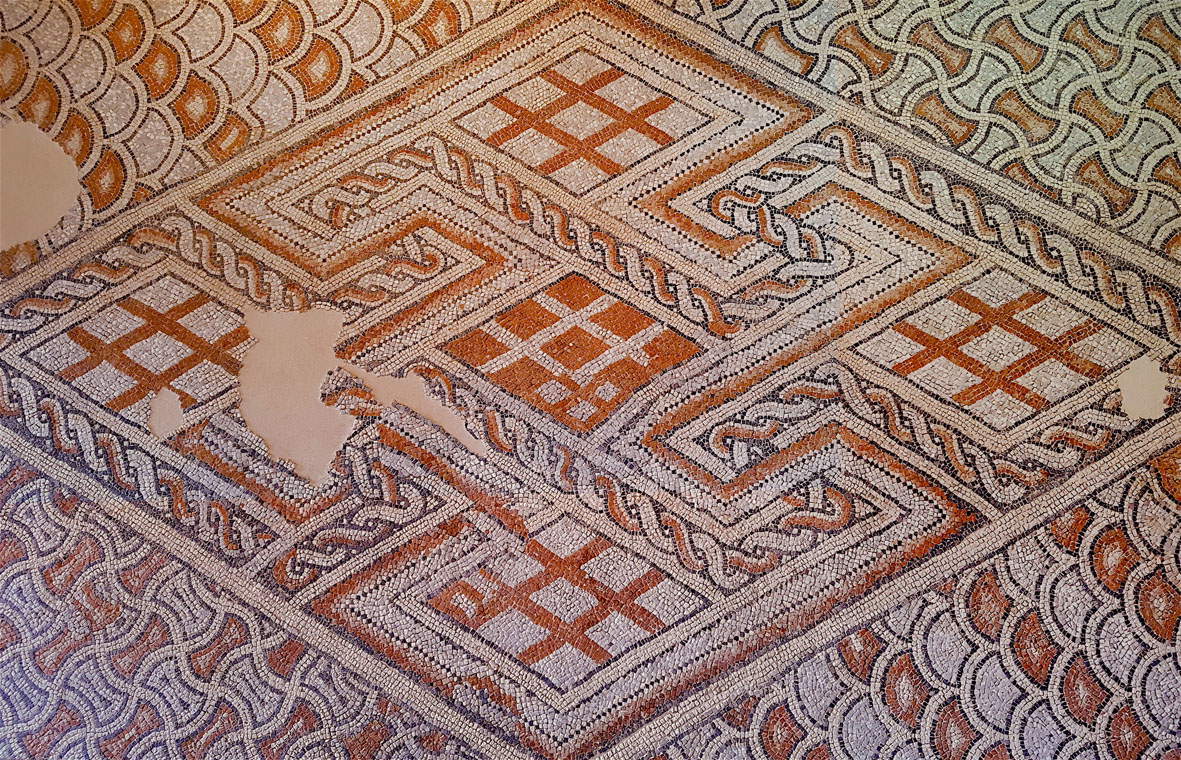 |
| Mosaic from the so-called Palace of Theoderic, white marble from Istria, black marble from Italy, terracotta, palombino, pink marble from Verona. Early 6th century. |
 |
| Funerary stele of a classiary, marble, first half of the 1st-3rd centuries AD. |
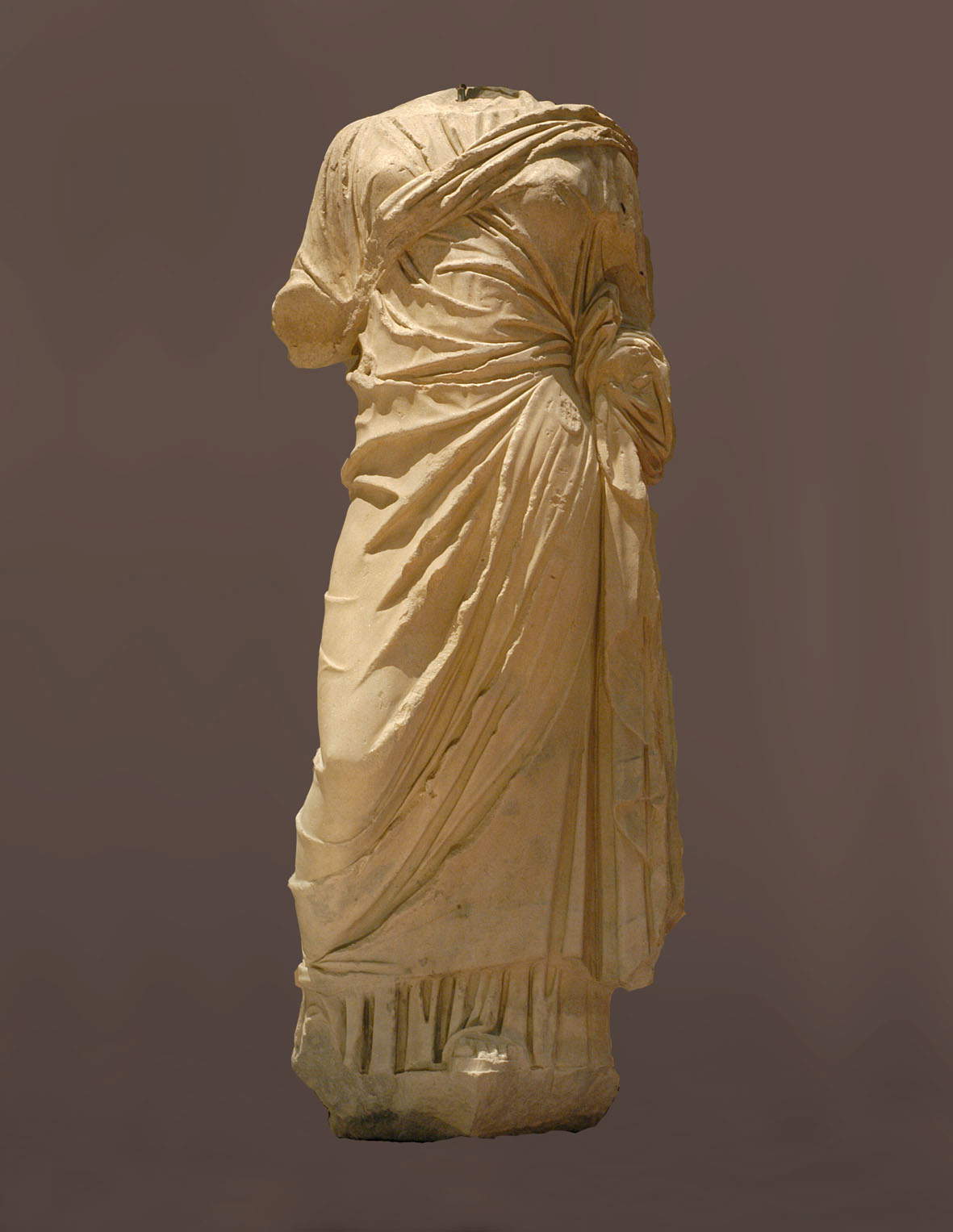 |
| Statue of a woman, marble, 1st century AD. |
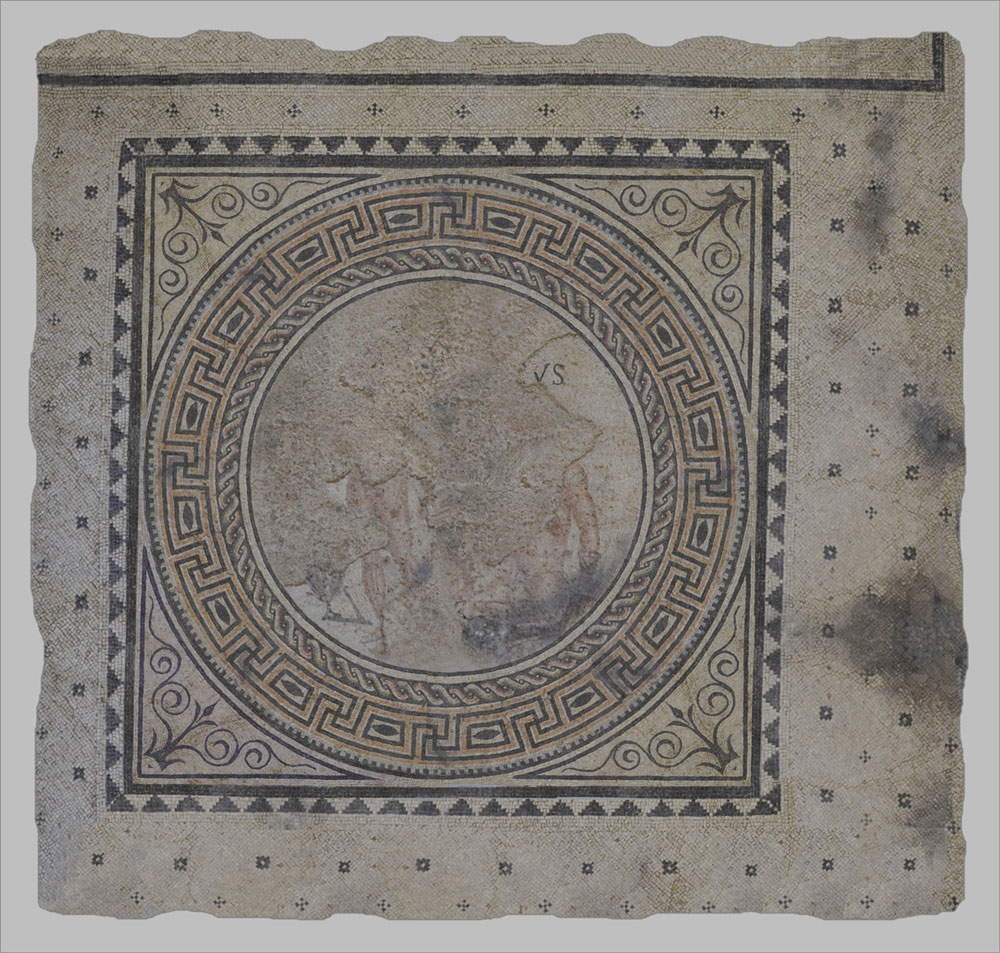 |
| Mosaic depicting boxers, different marbles, mid 1st century AD. |
 |
| Attic black-figure kylix, pottery, pre-Roman period |
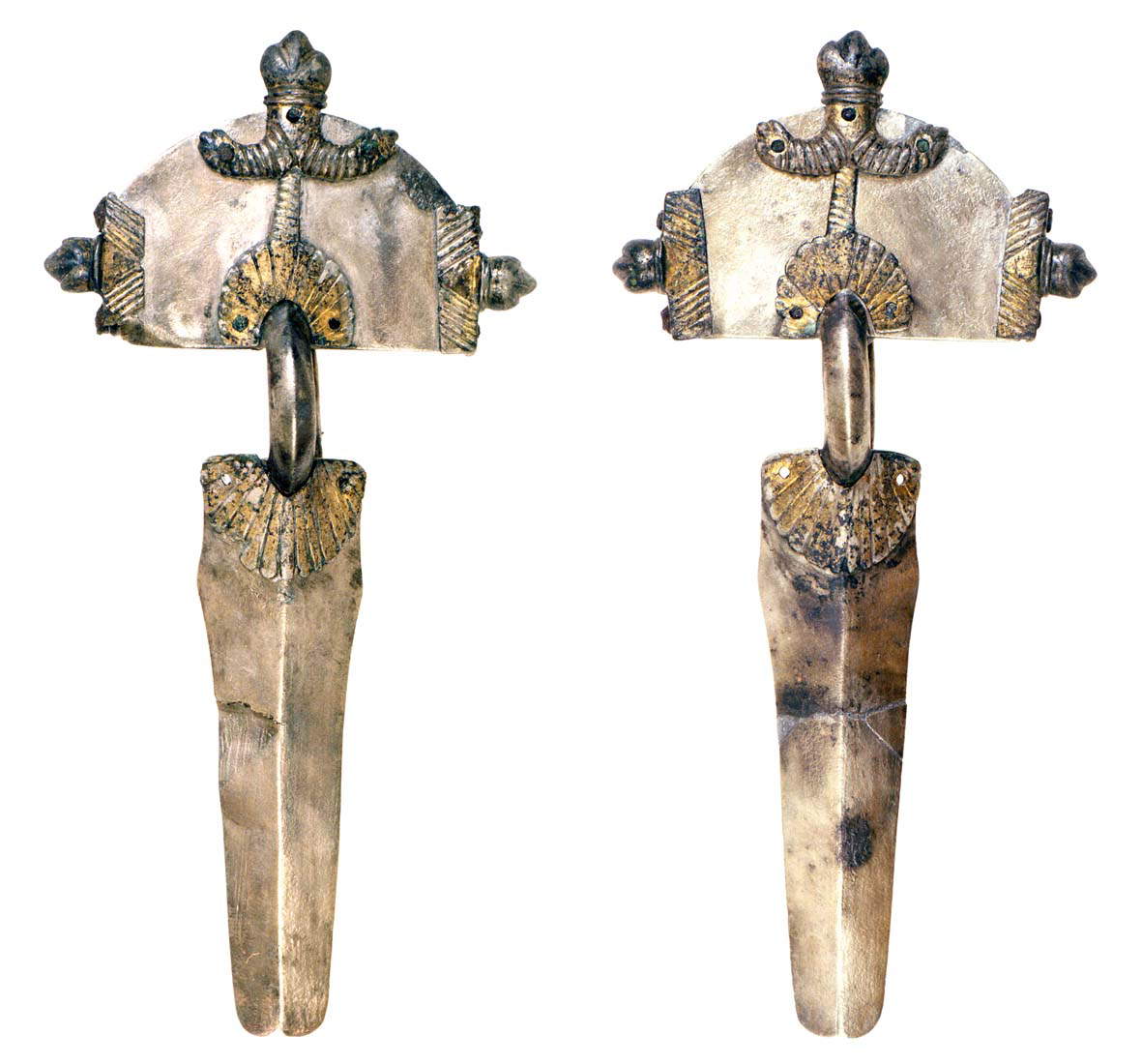 |
| Arch fibulae, silver, with traces of gilding, first half 5th cent. |
 |
| Class treasury, silver, with traces of gilding, Early 7th cent. AD. |
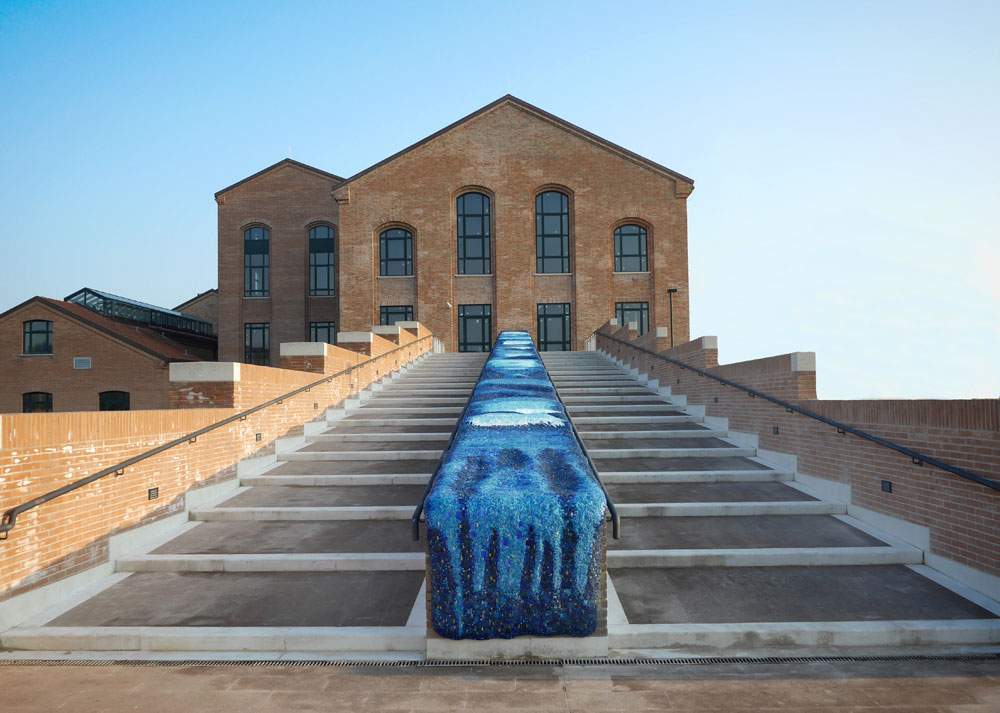 |
| A new museum of art, history and archaeology opens in Ravenna. Photos |
Warning: the translation into English of the original Italian article was created using automatic tools. We undertake to review all articles, but we do not guarantee the total absence of inaccuracies in the translation due to the program. You can find the original by clicking on the ITA button. If you find any mistake,please contact us.